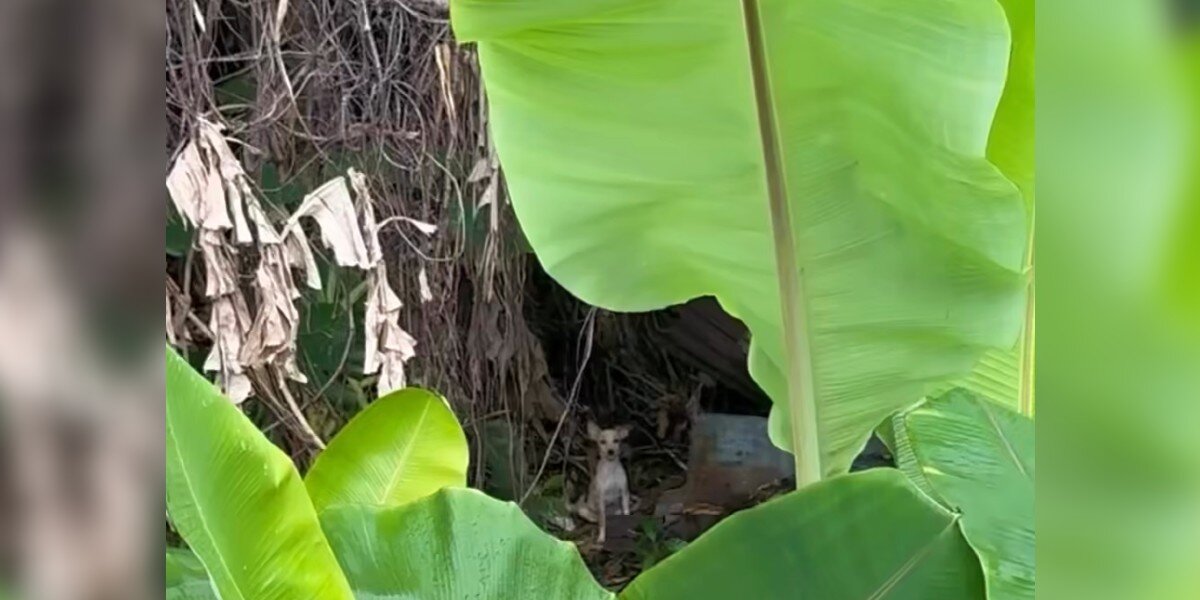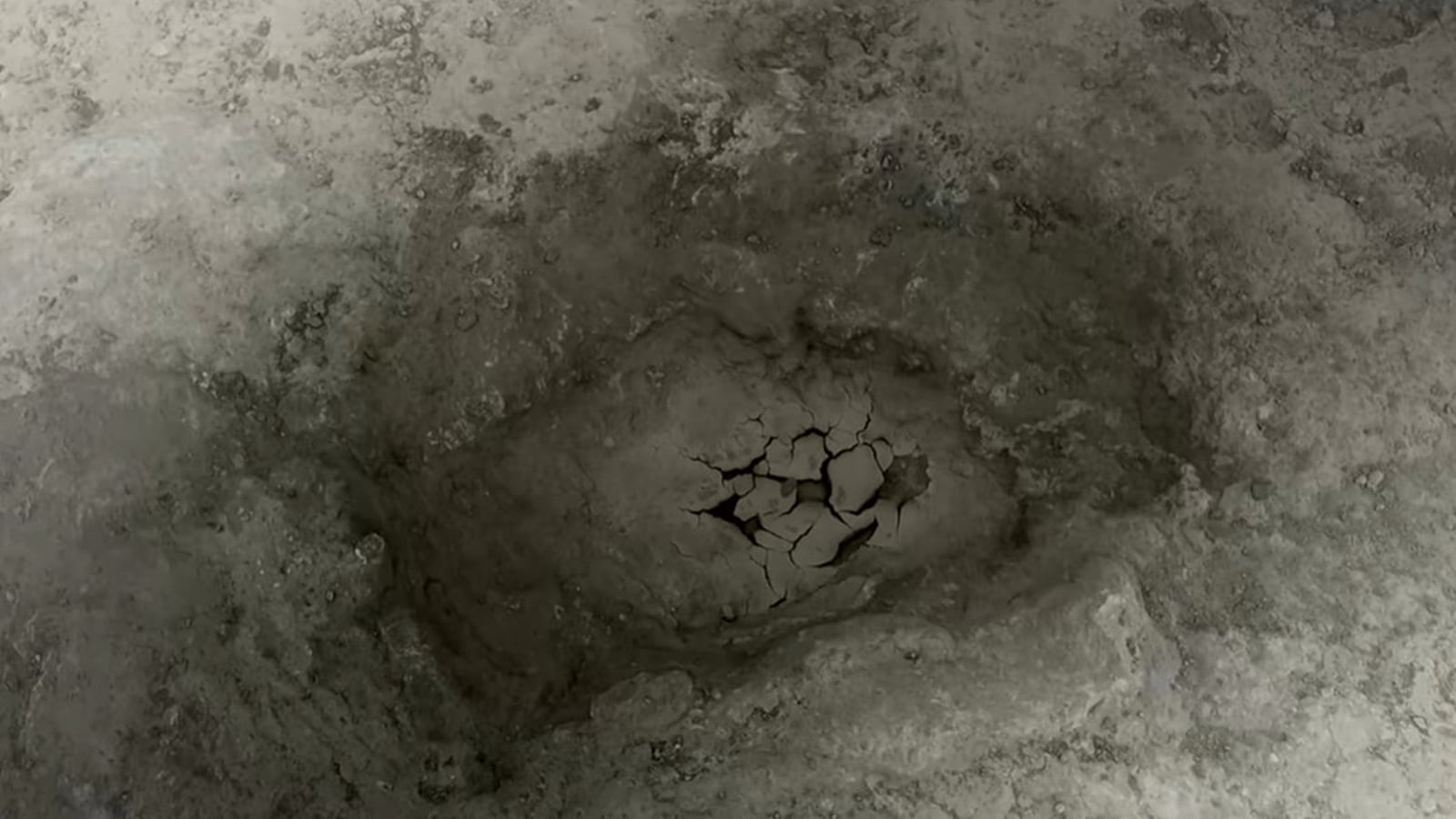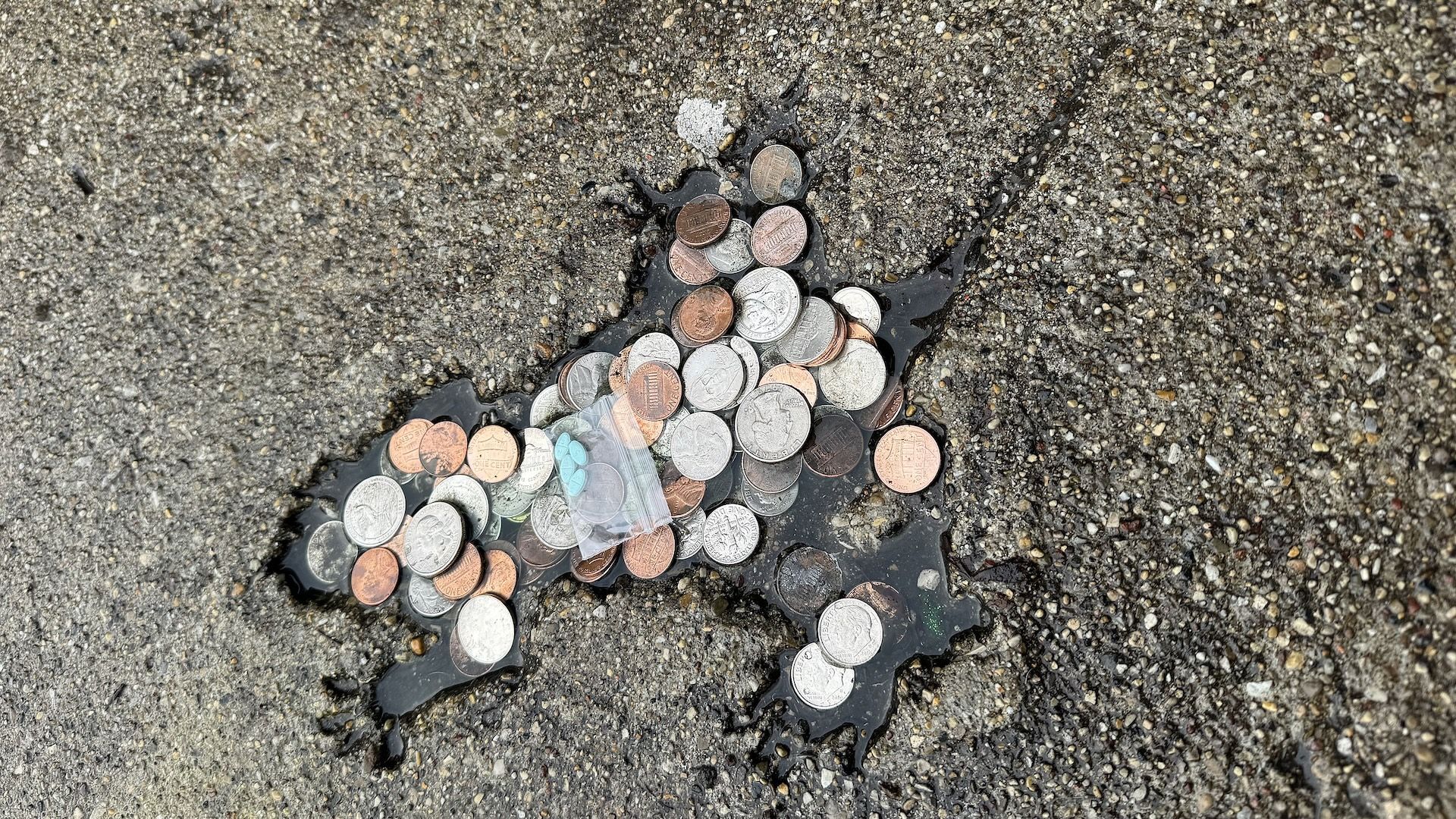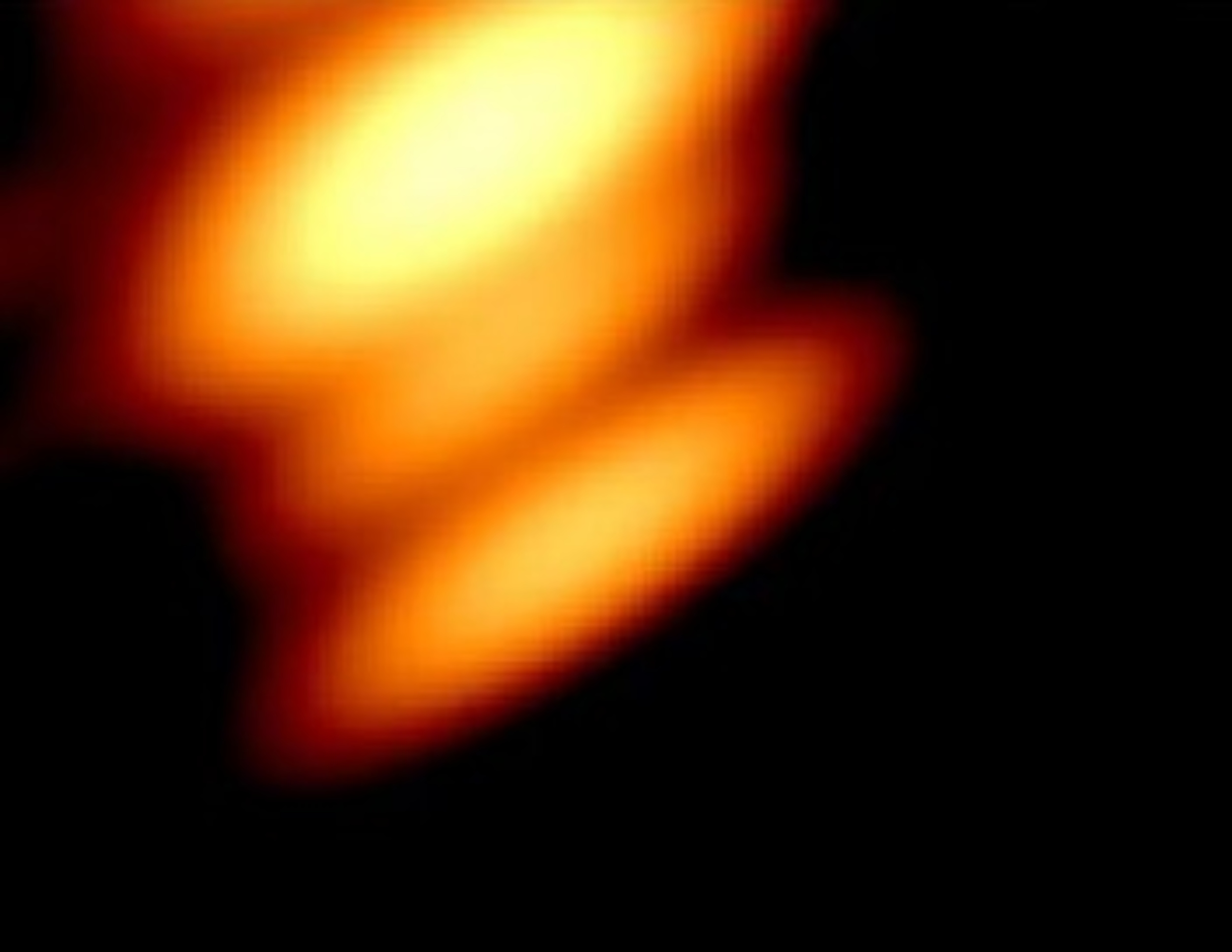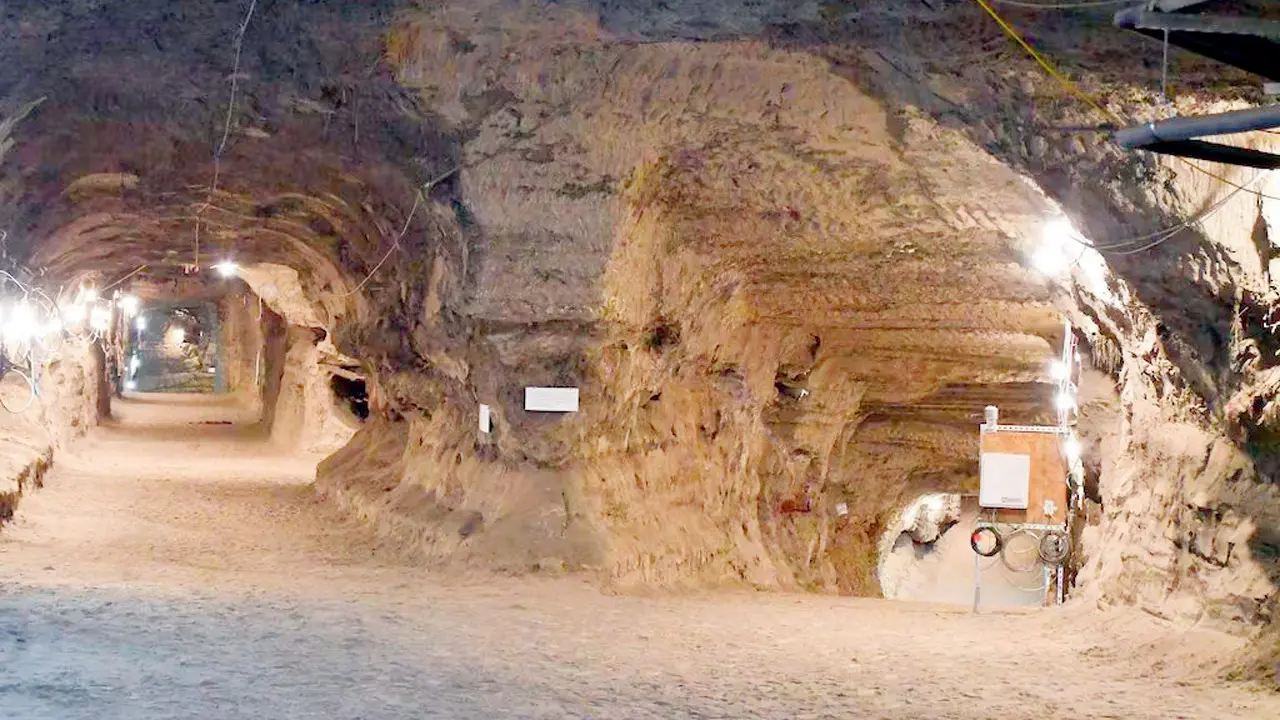The Shocking Truth Behind the Internet's Favorite 'Rat Hole' Revealed!

Get ready to have your mind blown! After causing a frenzy online, the infamous 'Chicago Rat Hole' is not what everyone thought it was. In a twist of fate, recent scientific research reveals that this sidewalk impression, which became a viral sensation thanks to comedian Winslow Dumaine, was likely made by a squirrel—not a rat!
For over twenty years, this peculiar rodent-shaped indent on a Roscoe Village sidewalk in Chicago went unnoticed, but in 2024, a tweet brought it into the limelight. Dubbed the 'Splatatouille' by the internet, the impression not only captured the imaginations of humor-loving social media users but also sparked the curiosity of scientists. They were skeptical about the true origins of the imprint, and their investigation has now shed light on this mystery.
Initially, many speculated that it was a rat, but researchers from a recent study published in Biology Letters concluded that it was likely the result of a squirrel that misjudged its leap. Unfortunately, the actual slab containing the imprint has since been moved, making direct measurements impossible. Instead, the team analyzed 25 different photos, using coins as a scale reference, and compared the measurements against eight local rodent species.
To ensure accuracy, the researchers took into account variations in size and age, acknowledging that the original animal's age and sex were unknown. They discovered that the proportions of the imprint matched those of Eastern gray squirrels at 50.67% and fox squirrels at 48.00%, while brown rats did not align with any key anatomical features. This suggests that the squirrel is indeed the true culprit behind the creation of the 'Chicago Rat Hole.'
Interestingly, the perception of a 'rat hole' likely stems from the thin, rat-like appearance of the tail in the impression. While we often associate squirrels with their bushy tails, it turns out that their tails can appear quite rat-like without the fluffy fur. This fascinating detail has contributed to the public's misidentification.
The researchers also point out that squirrels are more active during the day, coinciding with the times when concrete is typically poured. In contrast, rats are nocturnal, which further supports the theory that a squirrel made the impression.
While this study may not redefine the scientific landscape, the researchers hope to spark interest in science among the general public. They emphasize that scientific inquiry is built on curiosity—a trait that anyone can possess. By making connections between everyday observations and science, they aim to inspire more people to explore the natural world around them.
This quirky investigation into the 'Chicago Rat Hole' has not only brought joy to internet users but has also opened doors for discussions on curiosity-driven science. So the next time you spot an unusual mark on the sidewalk, remember: it might just be a squirrel with a story to tell!











